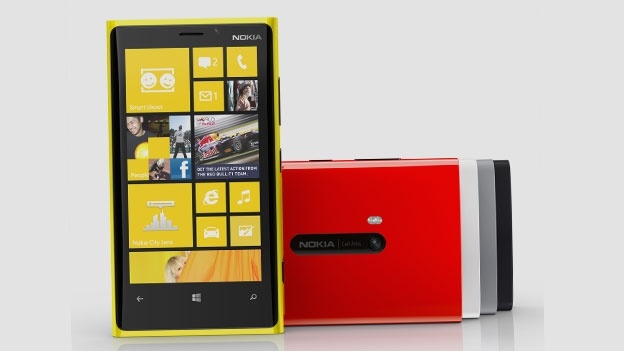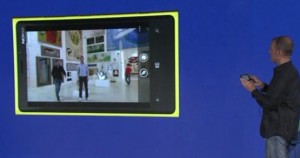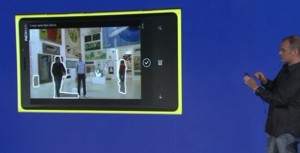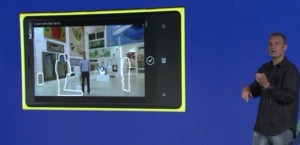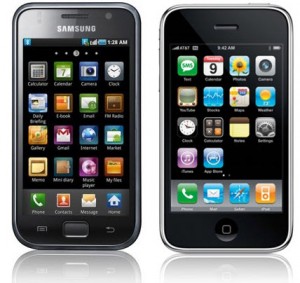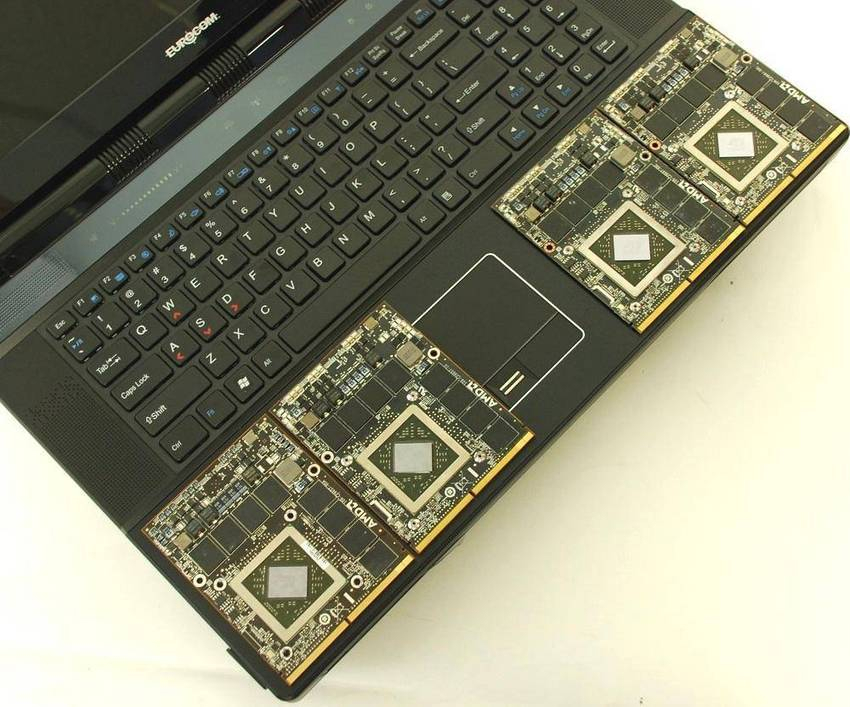Yesterday Nokia unveiled its latest and greatest at Nokia World. The two devices shown were the Nokia Lumia 820, a successor to the current 800, and, the Nokia and Windows Phone 8 flagship and dubbed The Most Innovative Smartphone in the World, the Lumia 920. Giving a phone such a title is a bold statement, but Nokia has packed a lot of tech into the handset. The main problem with the announcement though is that once again, Nokia demonstrated a remarkable lack of ability in giving one.
CEO Stephen Elop is comfortable on stage – clear, concise, articulate and confident. Quite why he doesn’t do the presentations, like Steve Jobs always did, is a mystery. Instead, he welcomed Jo Harlow, who stuttered and stammered through some impressive features with a tone of voice that suggested they were very ordinary. Then Microsoft’s Joe Belfiore, who appeared to tell people what he told them back in June – that WP8 allows resizable tiles. Only this time he appeared on a mission to put everyone to sleep. Thanks Joe. And then Kevin Shields. Actually someone who is excited about the tech, and gives good demonstrations. But you’re unlikely to see someone else as annoying and loud on stage.
Yet, despite the presentation issues, the keynote got attention. Switch to Lumia, Windows Phone 8, Nokia, Lumia 920 and PureView were all trending on Twitter, and there were some remarkable technology features unveiled. What was most refreshing was that some of the features address some of the most common and annoying problems of owning a mobile phone, but which often go overlooked by other manufacturers.
The screen is one such issue. Everyone is familiar with the pain of trying to read something on the screen on a sunny day, especially in direct sunlight. By ‘pain’, I mean ‘impossibility’, especially on a dark background. Samsung’s approach to screens is to make them bigger – which doesn’t help; the Galaxy S II decided to make the default email client a black background with grey text, making it hopeless to read outside. Apple brags about Retina Display (which is nothing but a marketing term for ‘we have many pixels’). Yet Nokia yesterday unveiled its approach. It has long been using ClearBack Display technology to make screens easy to see outdoors, and the Lumia 900 was voted the best readability for such purposes.The 920, though, takes it further. Not only is the screen HD+ (which has more pixels than Retina Display), it has smart polarisers to help you outdoors. What does that mean? It means, much like the eye glasses that do the same thing, that the screen automatically adjusts itself depending on the sunlight to reduce glare. Meaning this is a device you can comfortably read under bright sunlight.
That alone won’t be enough to set the sales rocketing, but it is good to see a company focusing on improving the experience to such an extent that the typically overlooked aspects are still being improved. Perhaps the biggest announcement regarding the screen though was the ability to use the phone while wearing gloves. Nokia calls this Super Sensitive Touch. One of the big debates surrounding capacitive screens vs resistive screens was that the latter registered touch input from anything – styluses, keys, gloves, and so on – whereas capacitive only registered flesh, or special products that were designed to touch capacitive. Super Sensitive Touch for the first time combines the technologies, allowing the smoothness of capacitive with the benefit of being able to touch it with anything. The main area this is a concern of course is in cold weather when wearing gloves – every phone on the market with a capacitive screen requires the gloves to be taken off. Kevin shields demonstrated this working onstage not with thin material, but with heavy-duty ski mittens. This Super Sensitive Touch will end the frustration of tapping a screen at the wrong angle and nothing registering because it was the nail, not the flesh, that made contact.
Nokia also demonstrated its advancements in mapping technology. Google Maps may be the first port of call when you want directions from a computer, but Nokia’s offering provide perhaps the best in the world. With complete offline navigation and free turn-by-turn navigation, you can even be directed indoors. Nokia Drive, its satellite navigation app, has been updated so that it learns your daily commute and even tells you what time you need to leave home to account for traffic. But what got most attention of the location services yesterday was Nokia City Lens, the augmented reality app that offers a more intuitive way to discover the world around you. You can point the camera around and it will show you places to eat, drink, theaters, cinemas and so on. Point it at a building with shops inside and it will even tell you what’s in there. If you find a restaurant, you can simply tap it and see photos, reviews, and call directly to book a table. All by looking through the camera. With the current alternative to this being pulling up the search engine and finding local points of interest, the leap in the ease of exploring a new place is quite remarkable.
So far, this is all good stuff. But Nokia had two particular gems to show off. Wireless charging was one of them. While this feature is already around on the HP Touchpad, Nokia is the first to popularise it on what will be a mass market consumer product. The benefits of it are obvious – no more wires to trip over or lose, no wearing down the USB port on the phone or pulling it loose, and, thanks to certain partnerships, you don’t even need to worry about charging when you’re out and about. Virgin Atlantic’s Heathrow lounge will have recharging pillows, as will Coffee Bean & Tea Leaf, large coffee shop franchises in America. Sit down, open the paper, and your phone will charge while sitting on a small fabric on the table too.
As part of this, Nokia spoke about the Lumia’s NFC capabilities, being able to pair up with wireless headphones and speakers by simply tapping them together – but, the NFC speaker they demonstrated featured a wireless charging area on its top, so the phone can charge while playing music. Imagine an iPhone dock, but without plugging it in.
The second big announcement was somewhat expected: the camera. Long revered for its imaging superiority, Nokia was expected to make a big announcement. After the 41MP PureView handset announced earlier this year, and the N8 two years ago, it was clear the Lumia would get some camera enhancements from Nokia.
The Lumia 920 comes packed with PureView, the stunning new optics technology. The 920 has floating lens technology, allowing more light to enter the camera to not only take clearer pictures in low light, but also reduce blur to produce clear photos every time. Not only does the 920 capture between five and ten times the amount of light of any competitor smartphone, it also lets in more light than most DSLRs. The short video below shows the breathtaking capabilities of taking pictures in extreme low light.
Nokia demonstrated some low-light comparisons between the Lumia 920 and a competitor (it wasn’t named directly, but they tended to use the Samsung Galaxy S 3). Competitor’s attempt is the first photo of each set, PureView second:
Also within the camera advancements, Nokia announced two ‘lenses;” Cinemagraph, and Smart Shoot.
Cinemagraph elevates photos to something else, as they allow movement. By selecting a photo then entering Cinemagraph, users can simply rub the area they want, and it will then start to move.:
SmartShoot continues the trend of the screen advancements in solving a common problem: people walking past your camera as you want to take a picture. We all know the feeling, and there’s no way around it other than waiting for everyone to get past and take the picture quickly before someone else walks by. Unless you own a Lumia 920, in which case you can use SmartShoot, which analyses the moving sections of a photo, then removes them:
All in all, it was an impressive demonstration. It would have been more impressive still if Nokia could learn how to deliver a truly excellent keynote, but the features largely spoke for themselves. Wireless charging, unparalleled mapping experience and peerless camera technology certainly puts the Lumia 920 amongst the most desirable handsets. And while Apple has been bragging about the ‘resolutionary’ Retina Display, Nokia has not only made it brighter, and packed 2.5 times more pixels than the nearest competitor to offer blurless scrolling, it also packed it with smart polarisers, and allowed any material to touch it and register.
The World’s Most Innovative Smartphone may just live up to its name.
